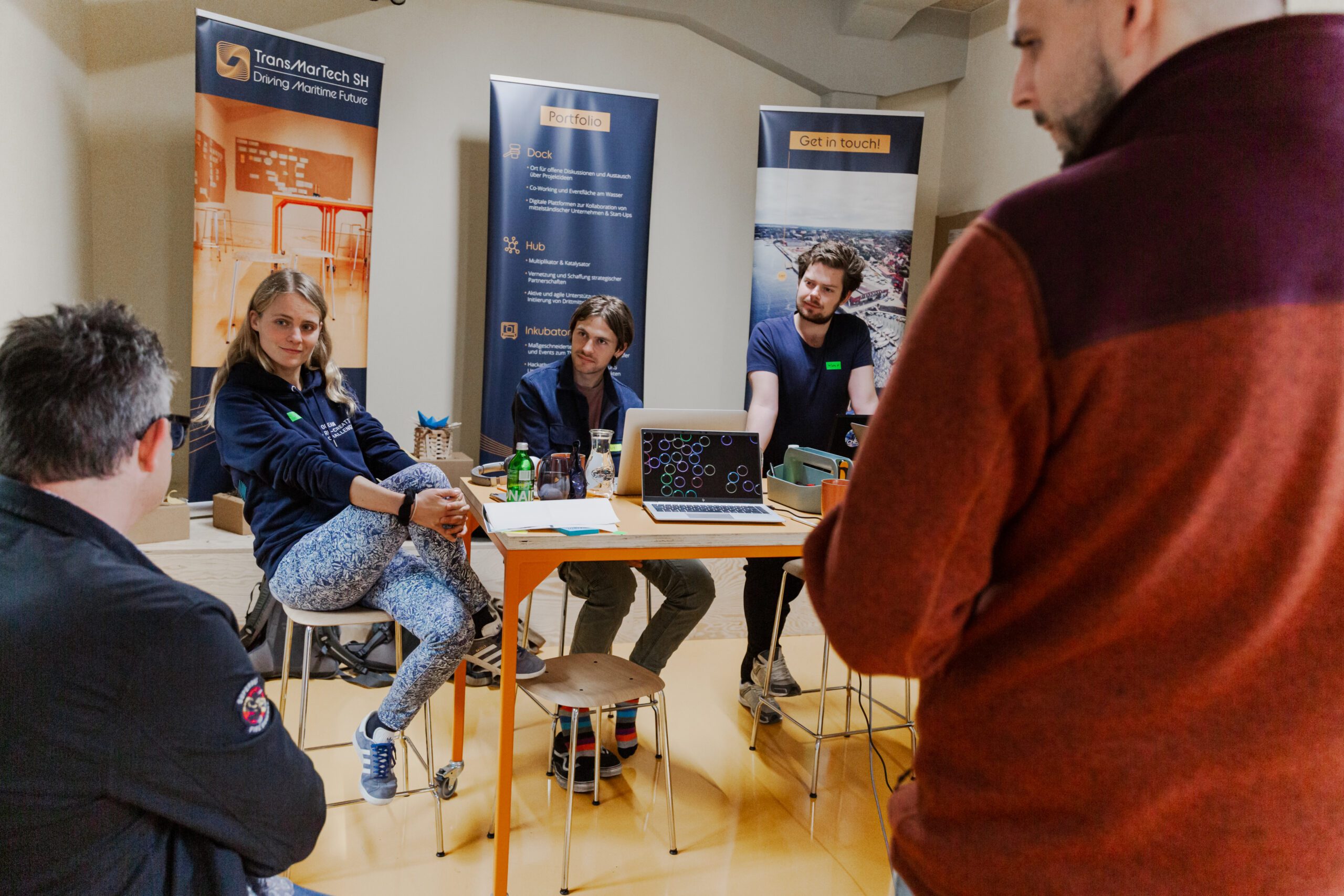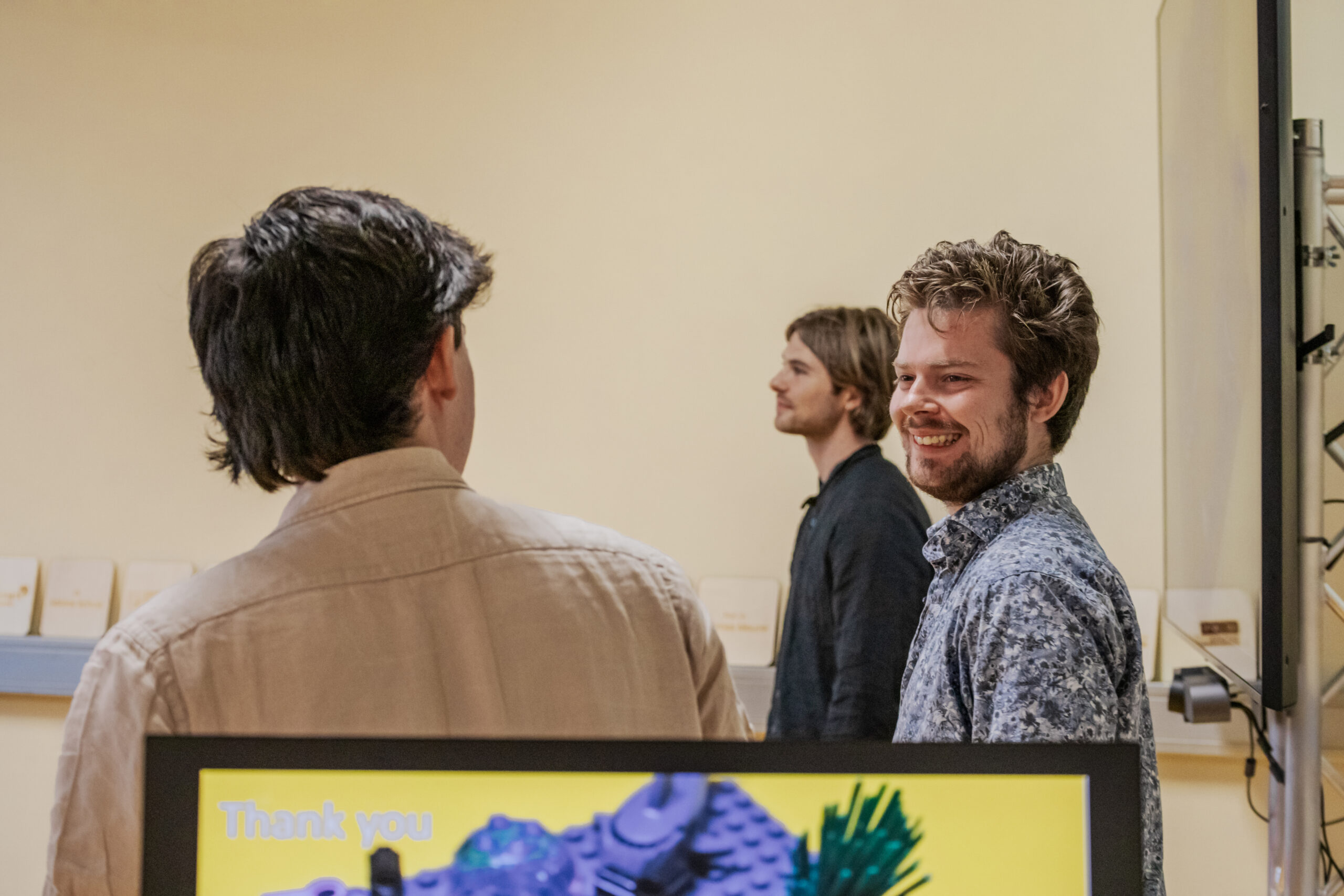Challenge – Smart Reefs
The Danish threesome tackled the Challenge – Smart Reefs during ORCC. Together, the team took a closer look at artificial reef structures as ecological compensation areas to promote coastal protection and enhance aquatic biodiversity.
Natural reefs and seagrass beds reduce the force of waves by up to 40%. The construction of an artificial reef structure is one way of protecting cliffs and beaches from further erosion due to the decline of natural reefs. In addition, the reefs provide breeding grounds and habitat for many species of fish, bacteria, algae and corals.
During the hackathon, the team complemented each other with expertise from different areas. While Jesper had biological knowledge, Markus and Morten were challenged on the business and technical side. The team also got extra support from Dominik.
Despite the professional difference, one thing was the same: the intention of the cooperation. The team decided to keep an open mind during the work process and use their curiosity to develop a solution to support coastal protection. With success! The result is an innovative strategy for artificial reef structures in coastal areas such as the KielRegion.


The focus in the construction of an artificial reef structure was:
- Creation of habitats conducive to the growth of species of all trophic levels.
- Reduction of the level of eutrophication
- Strengthening the region as a recreational area for tourists and locals
- Implementation of monitoring
After brainstorming and research, the team decided to use Reef Balls, a technique developed by the Reef Ball Foundation. They are particularly well suited for the creation of habitats. In addition, they are ph-neutral, lightweight and have a large surface area. Additionally, the team integrated mussels into the reef structure. They act as a natural filter and thus provide improved water quality and counteract eutrophication.
The team also conducted an analysis of potential territories and partnerships. Jesper, Morten and Markus see particular potential in implementing the reefs in parts of the NATURA 2000 protected areas in Schleswig Holstein. The size of the reefs could range from 4 to 18 hectares. The team identified the city of Kiel, local NGOs, the fishing industry and neighboring communities as potential partners.
Many ideas and possibilities that are now waiting for the next step.
Copyright: Nicole Riederer Lightnic Photography
